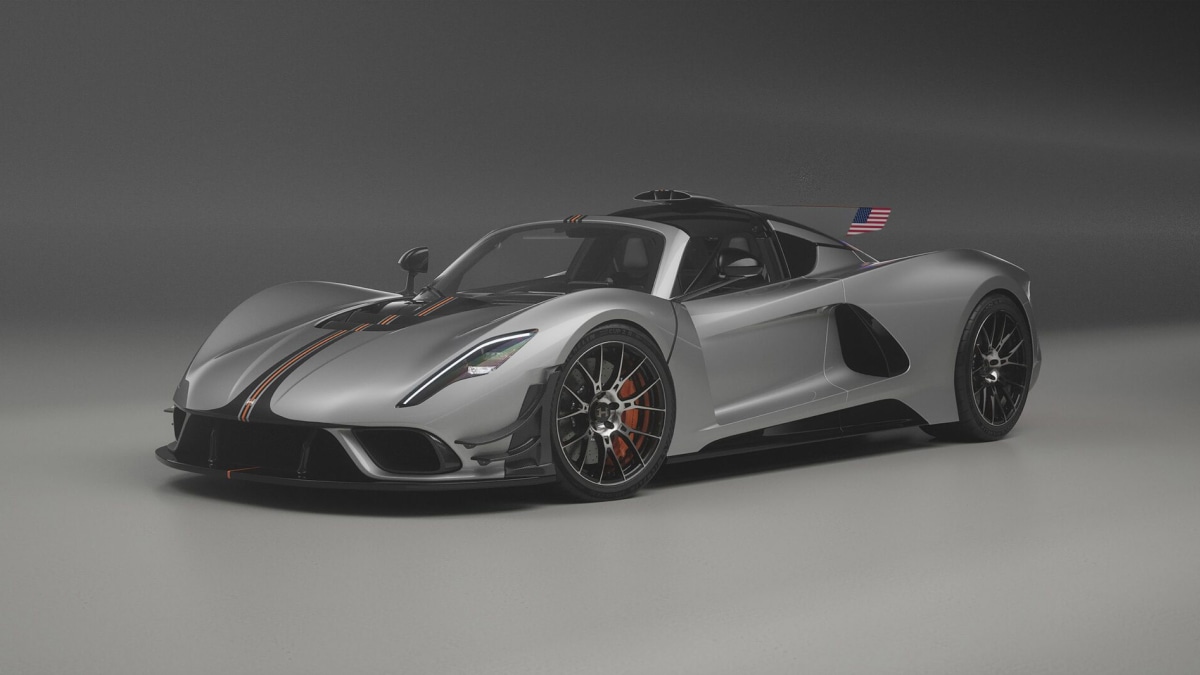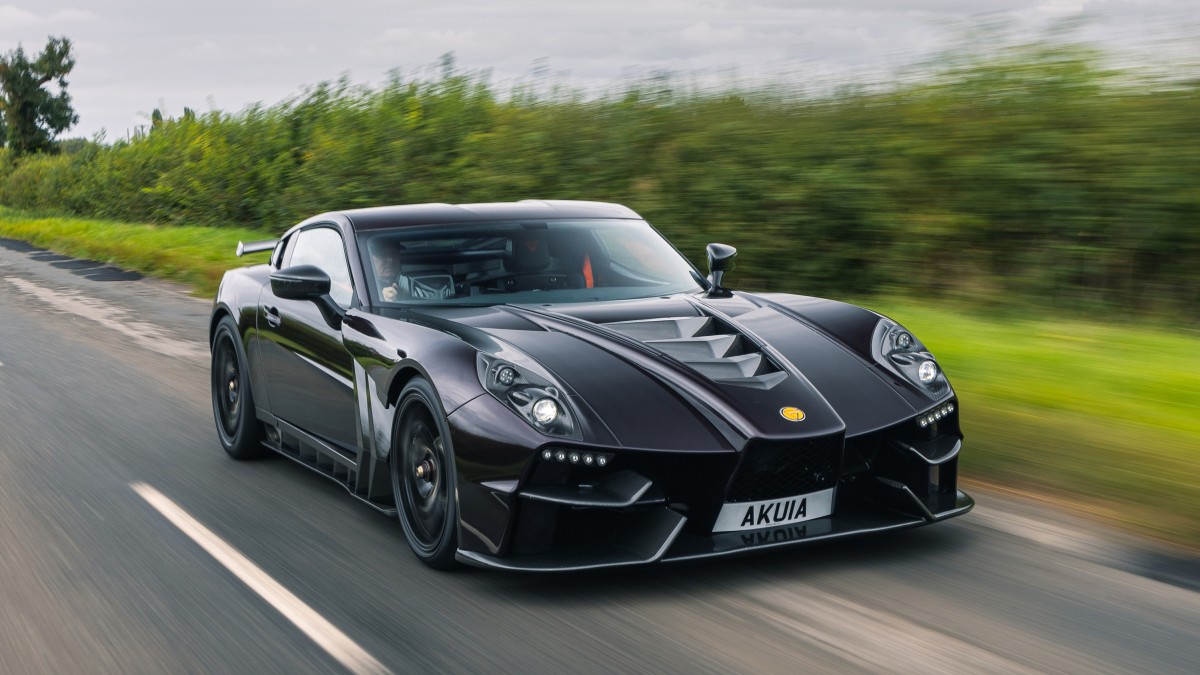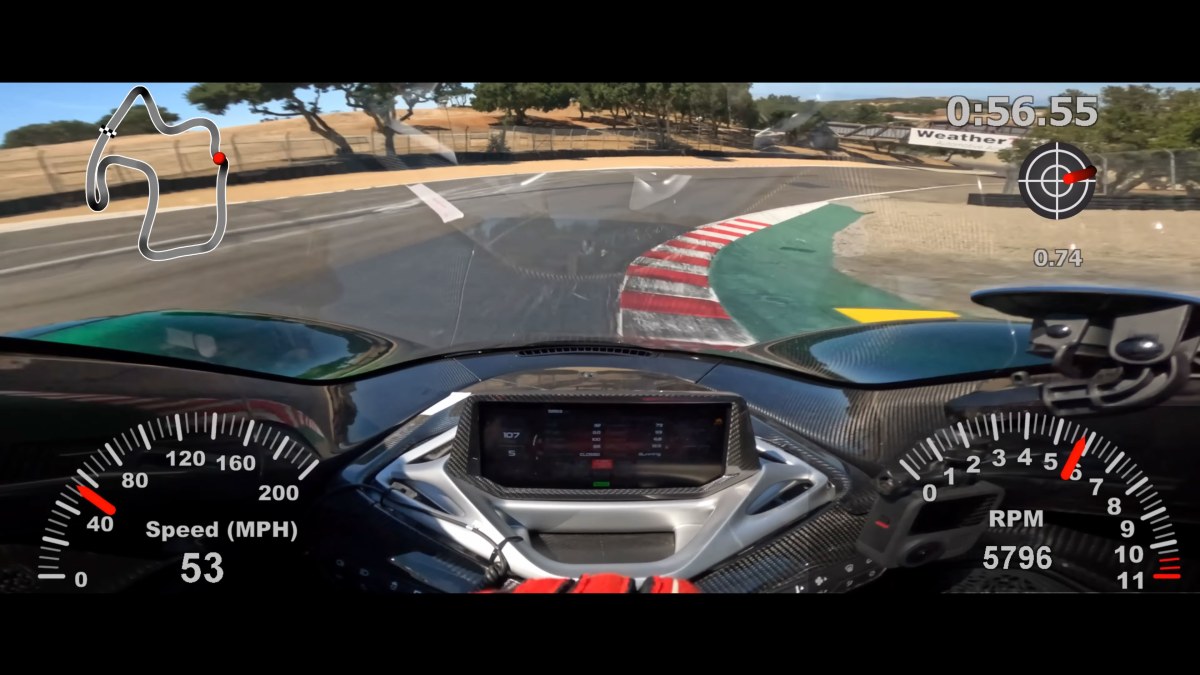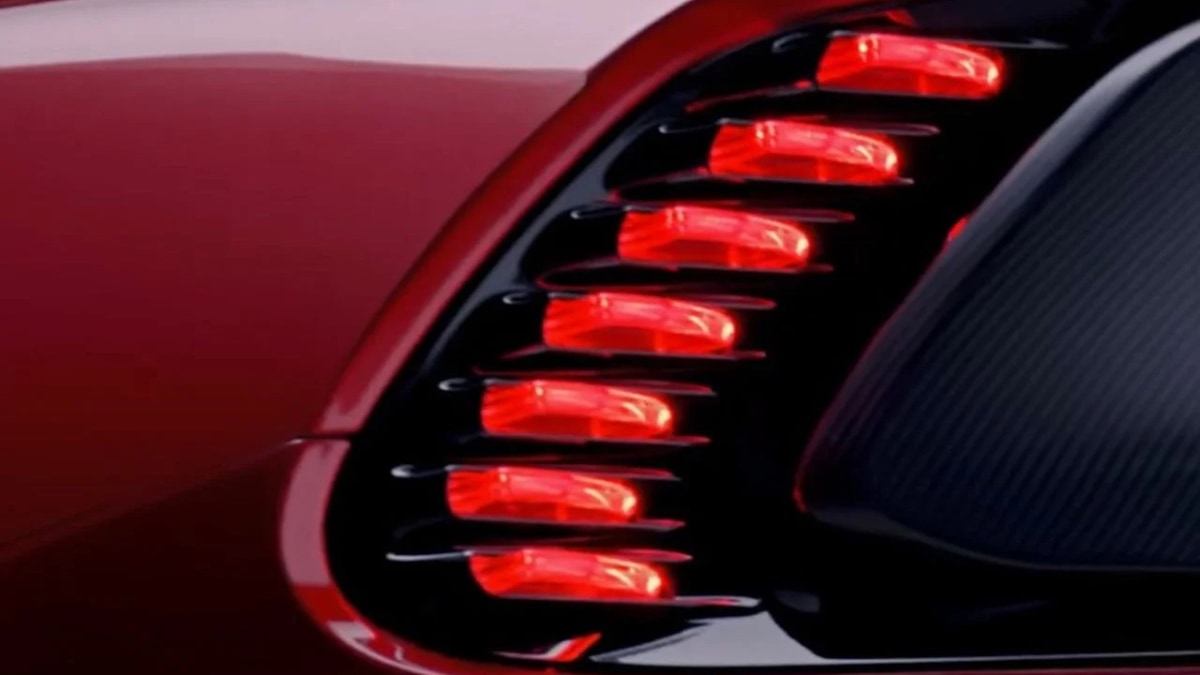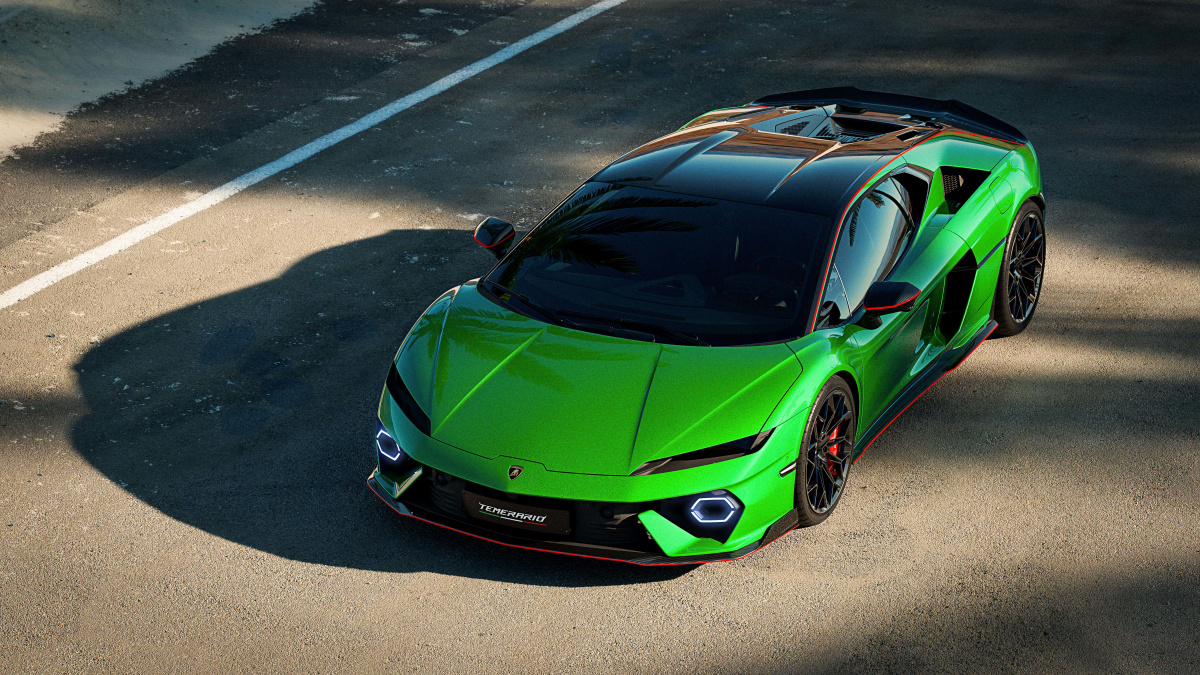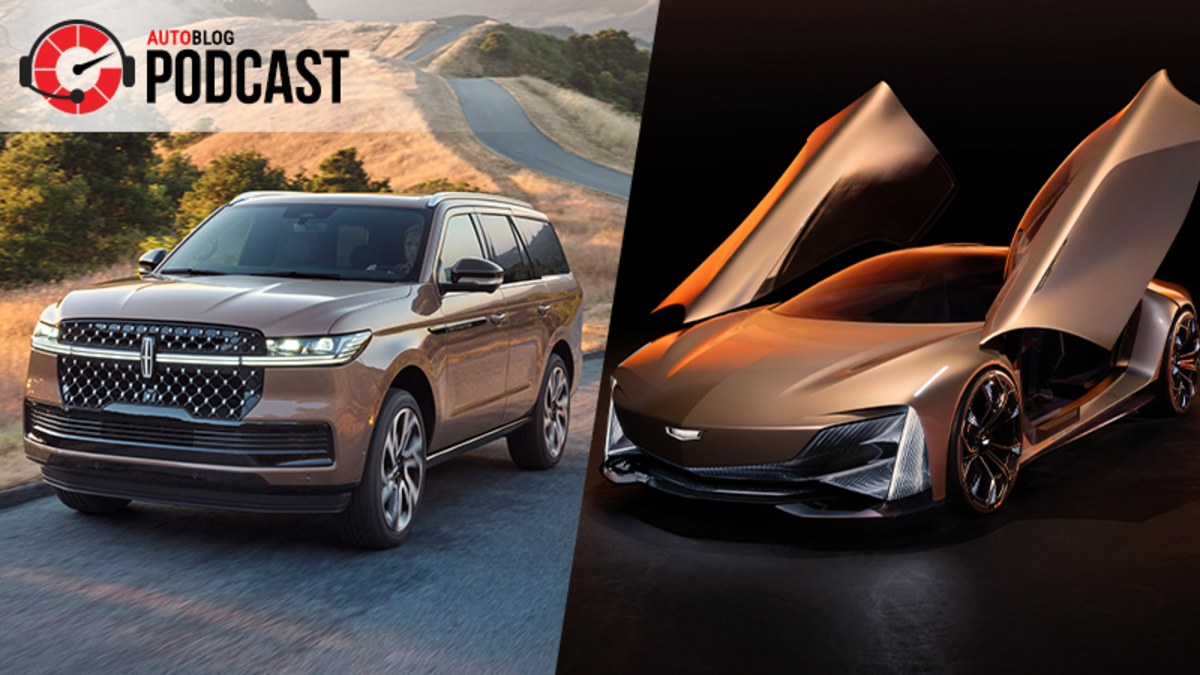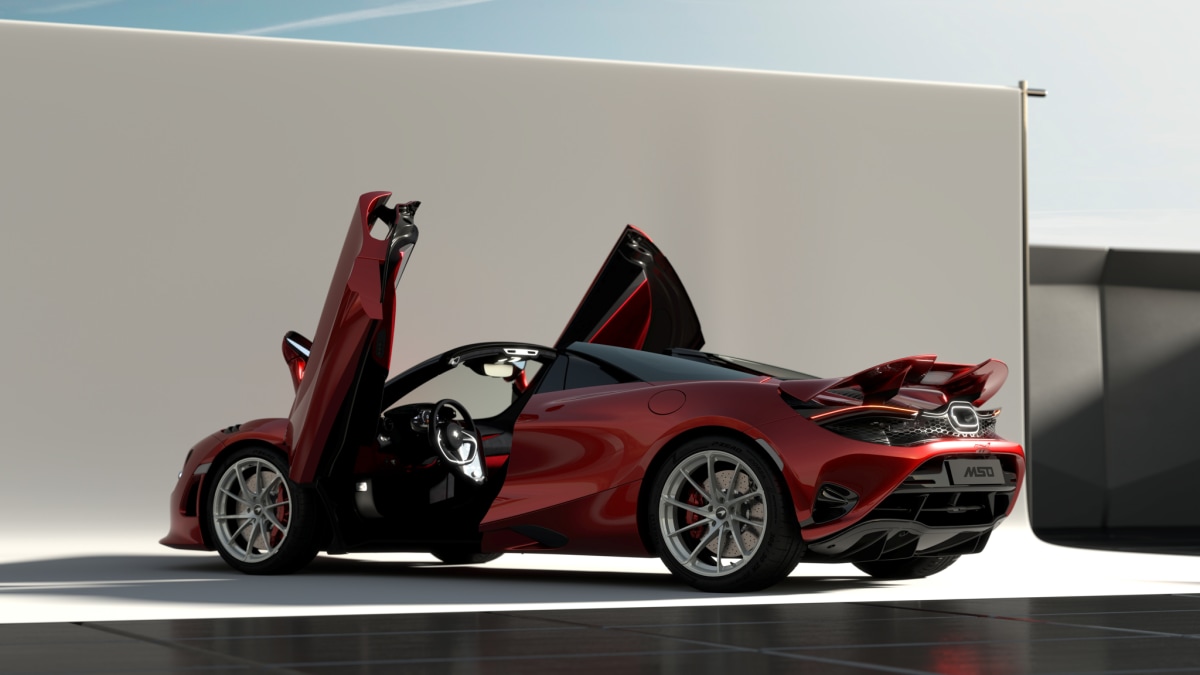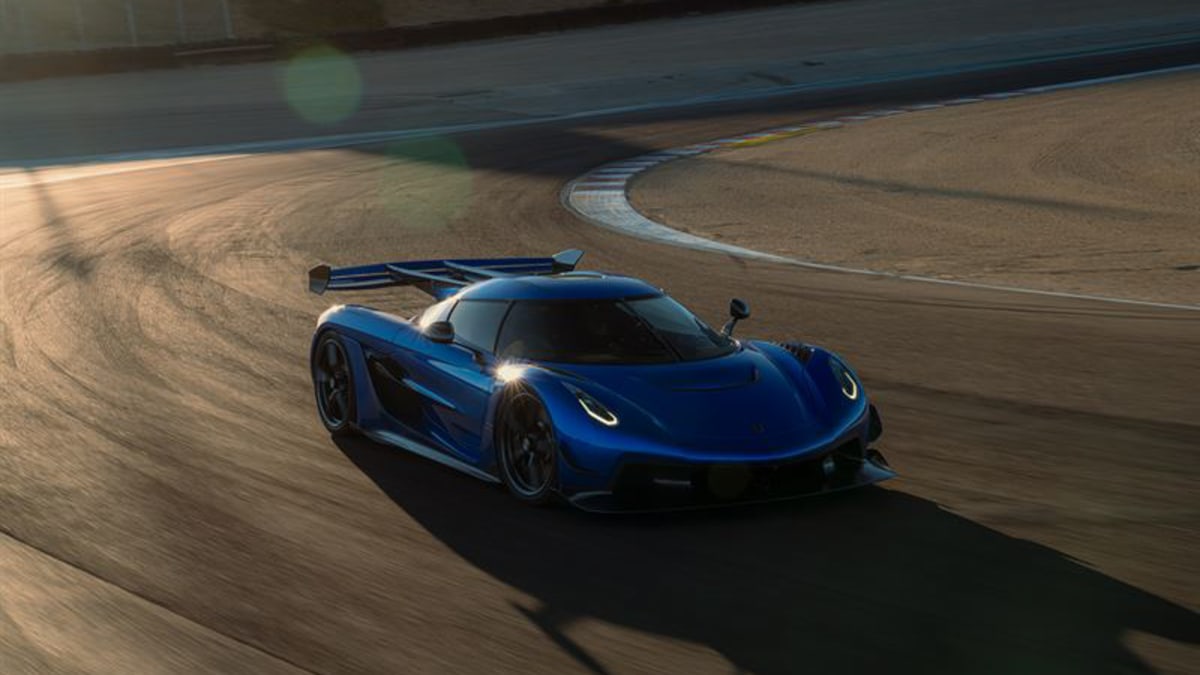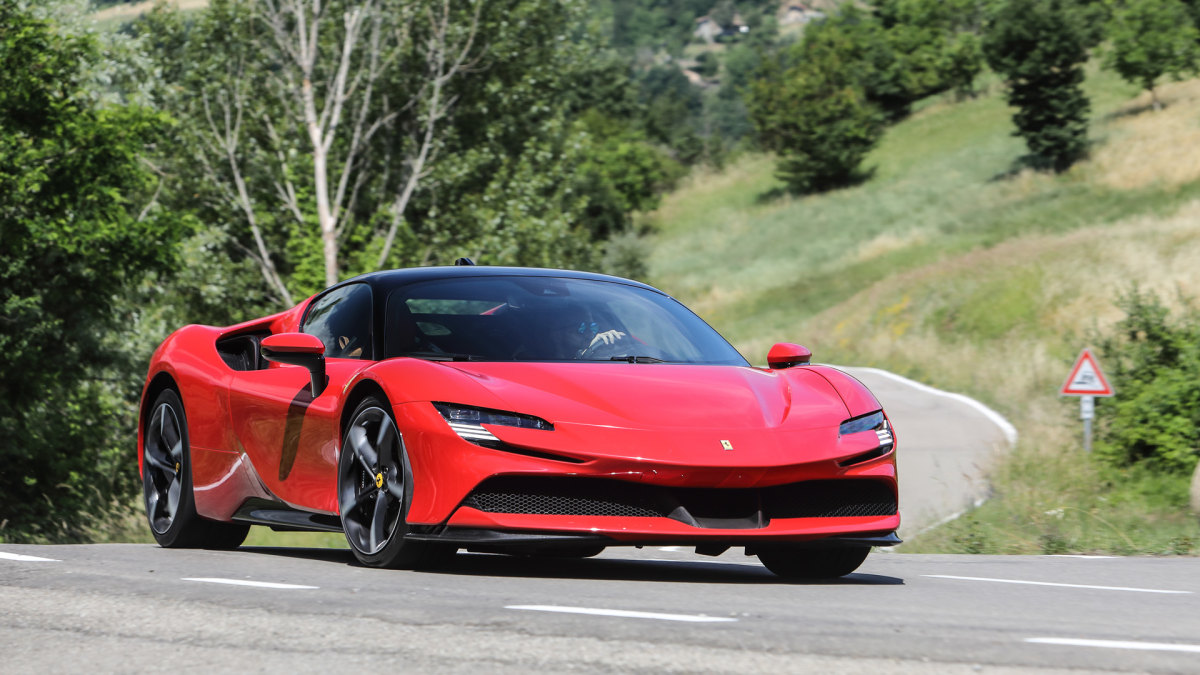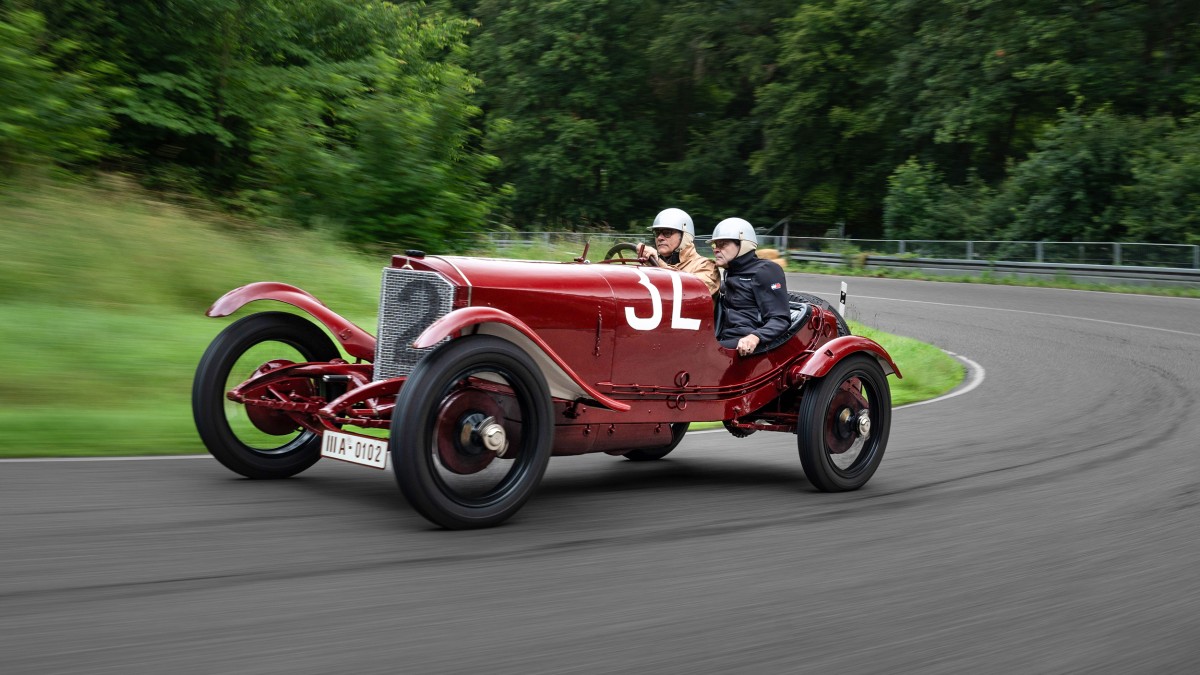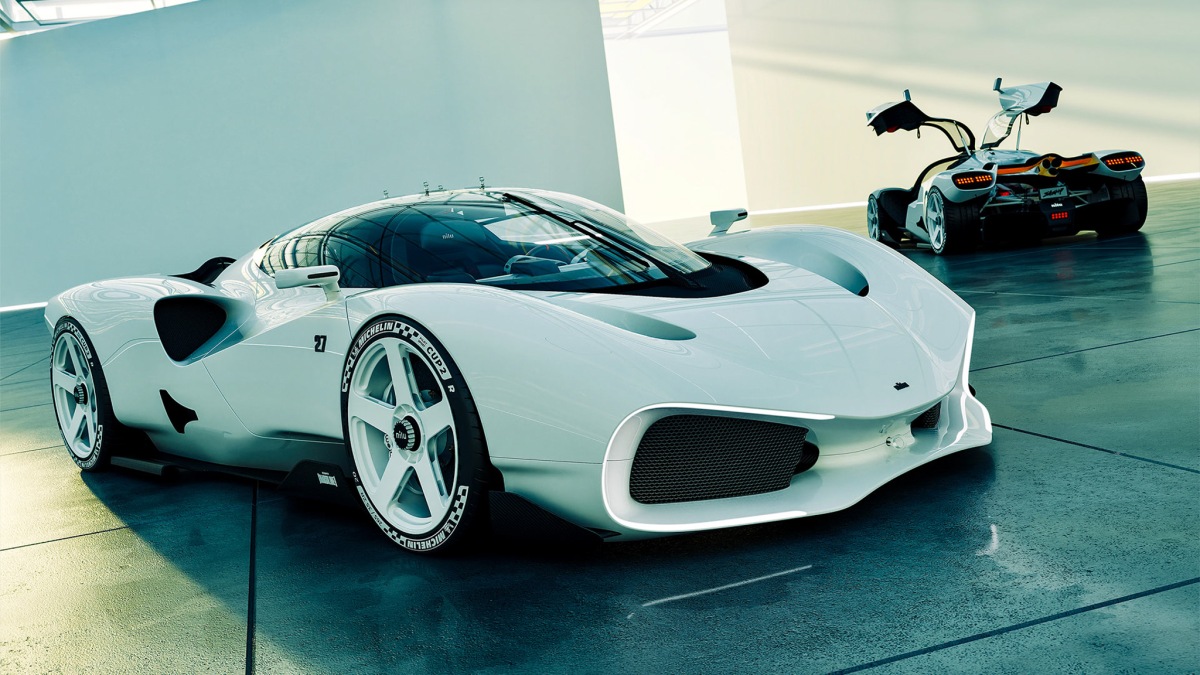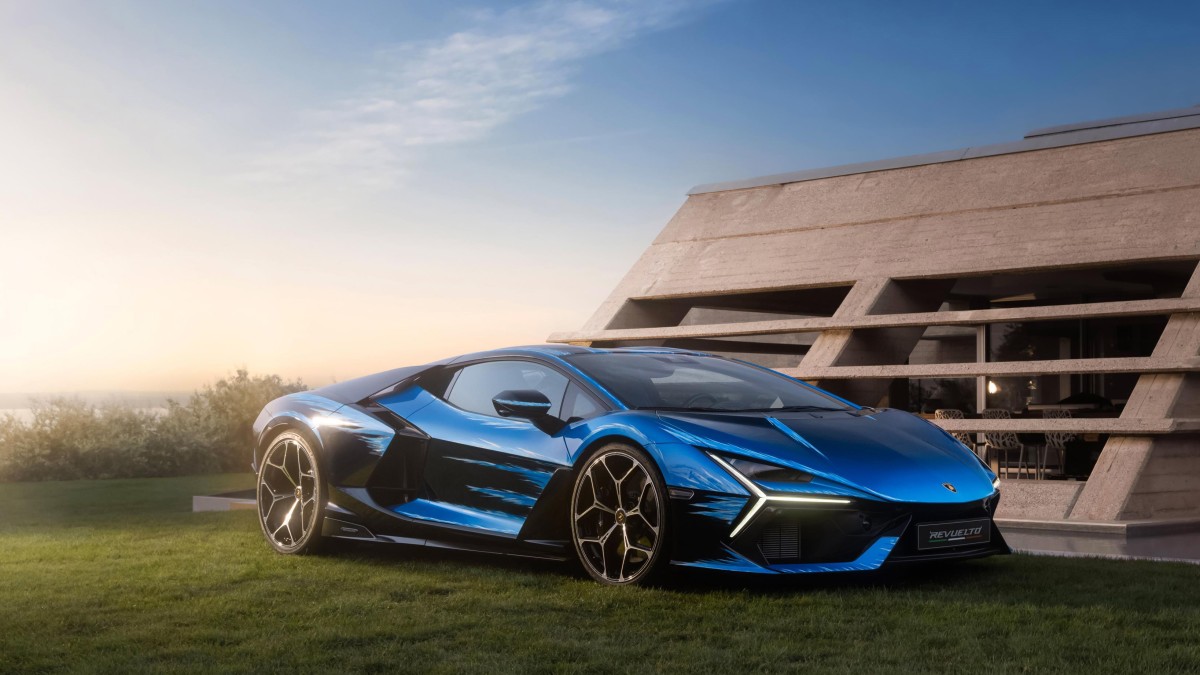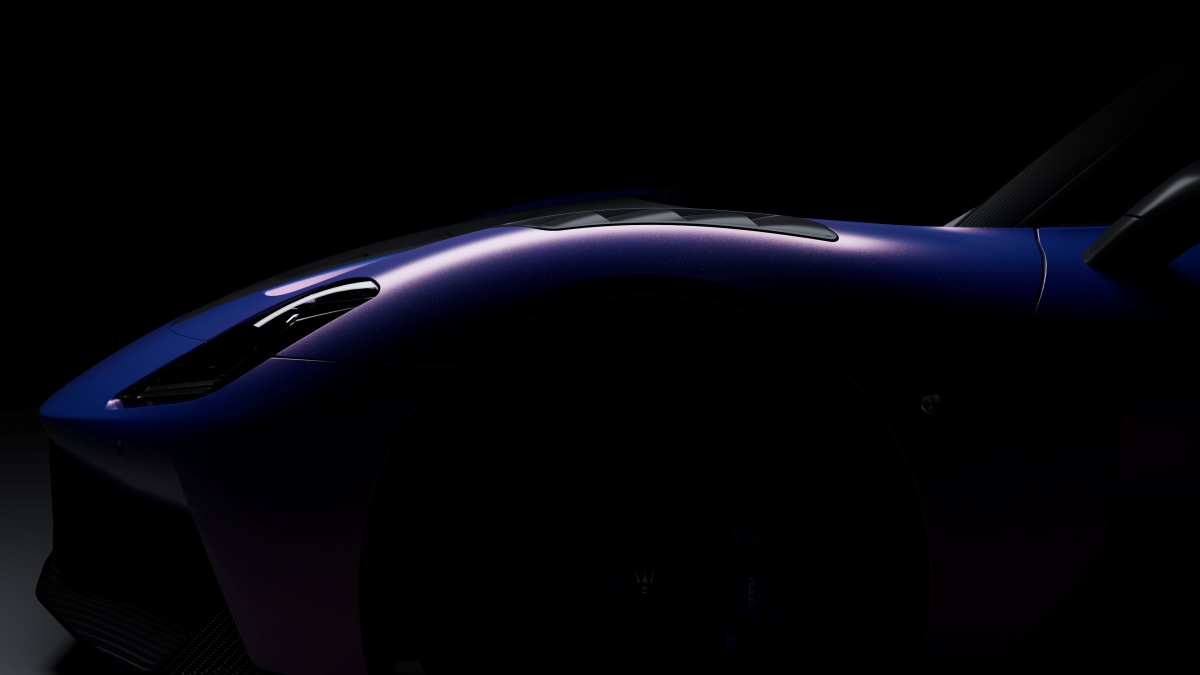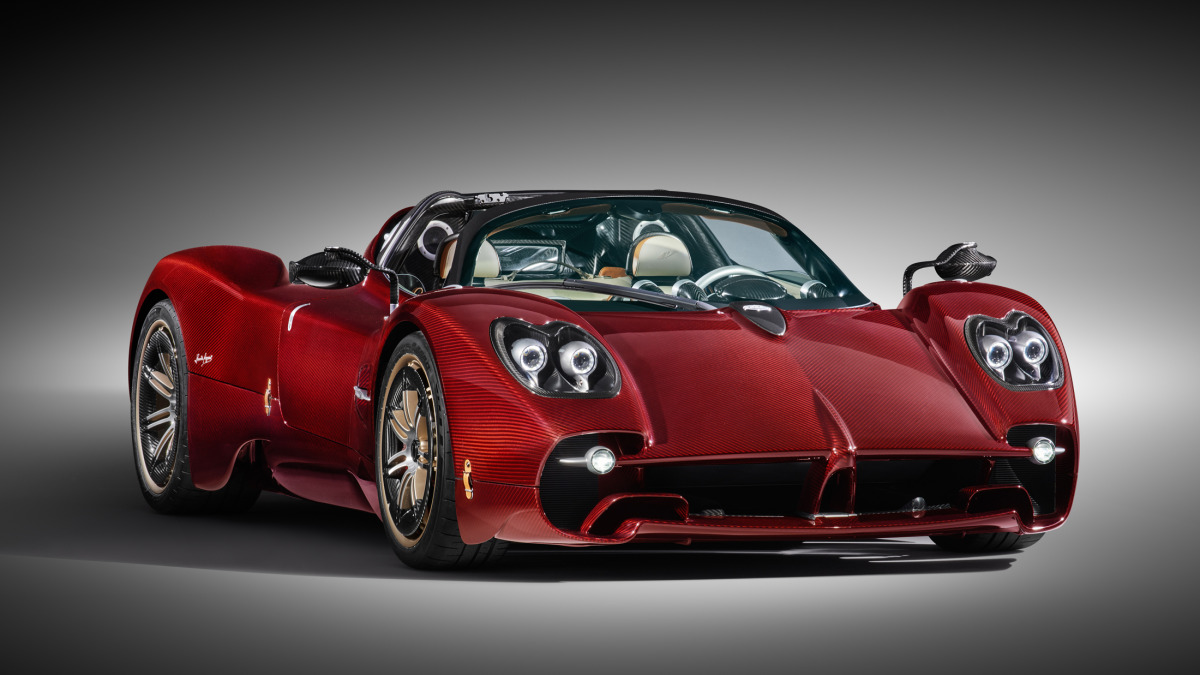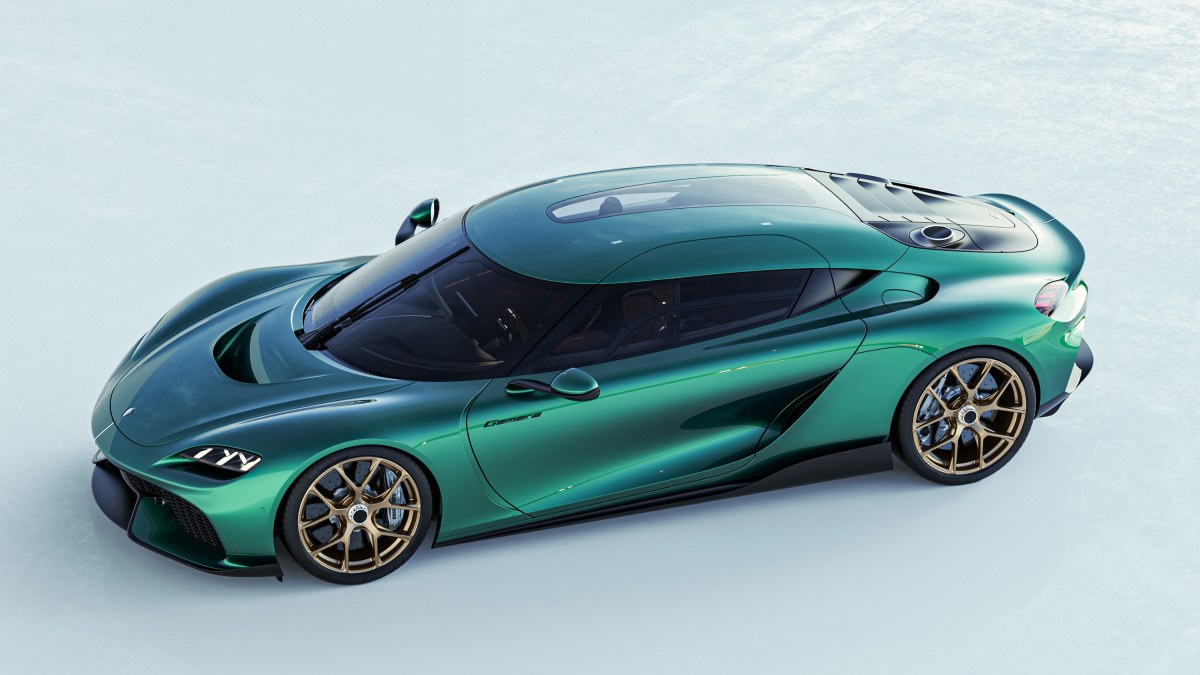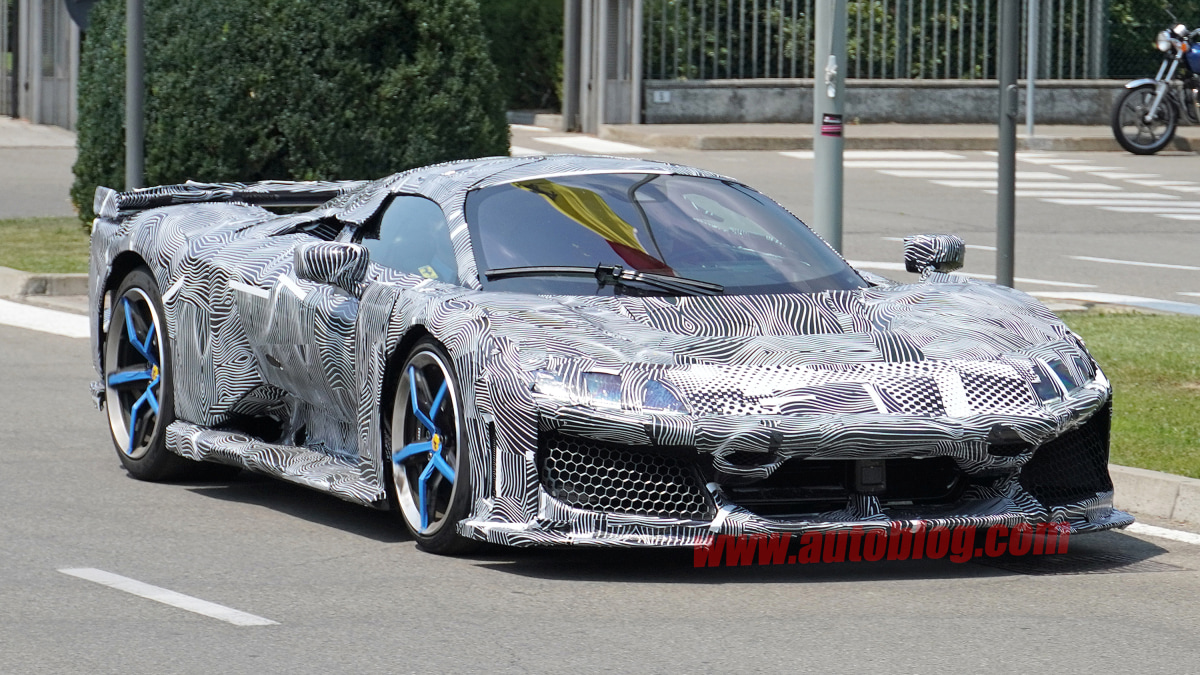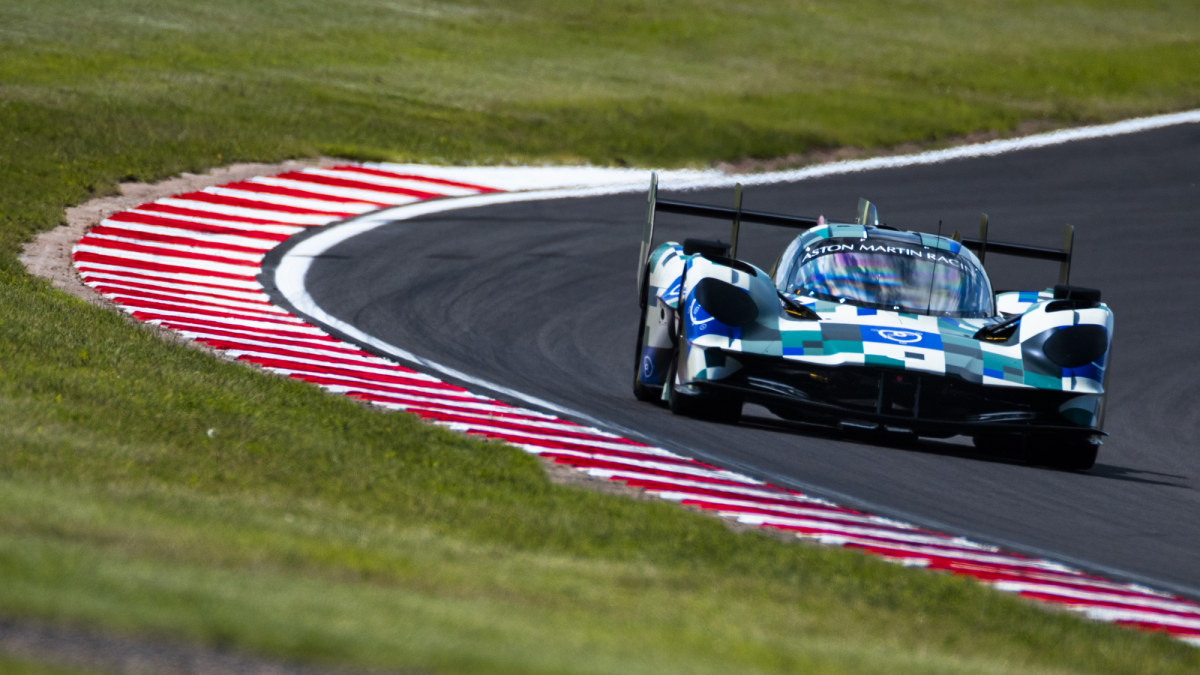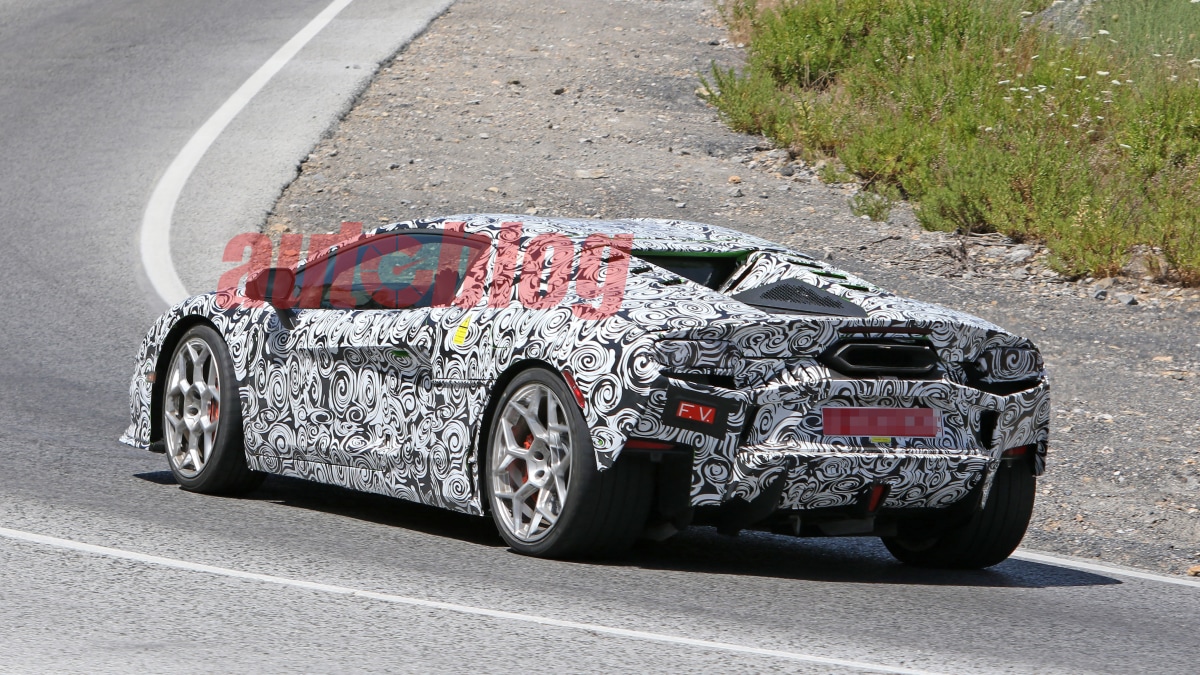Hennessey dropped a bit of a surprise bomb Tuesday by announcing that it will build — and has already sold — a limited number its Venom F5 supercars with gated manual transmissions dubbed the Venom F5-M (the “M” is for manual, if that wasn’t obvious). Hennessey said it had always wanted to build an “old school” version of its homebrew performance machine that offered the engagement unique to a manual gearbox. Today, it’s here, and as I noted above, already gone.
The limited run should come as no surprise. Hennessey Special Vehicles may have serious funding, but it’s still no mainstream production outfit. Only 12 examples of the manual F5 will be produced, and each will ship with a unique livery, making all 12 distinct. The cost of this exclusivity? $2.65 million.
“Driving the Venom F5 is already a full body experience that thrills, inspires, and never gets old,” Hennessey said in its announcement, “but, we never say that’s enough, we never stand still. That’s why we’ve dived deeper into the sensation of driving, finding every touchpoint to deliver connection, feedback, sound, and engagement. We believe that the Venom F5-M Roadster will be the most intense, immersive, and extreme driving experience on the planet, and a dozen lucky customers get to join us for the ride!”
In addition to their bespoke treatments, manual variants can also be easily spotted from a distance thanks to their unique tail fin (with an American flag on it, in the case of the example photographed here). If you’re close enough to peek inside, the shifter itself is probably a dead giveaway. Hennessey says the cockpit was redesigned to make it a central fixture of the cabin.

